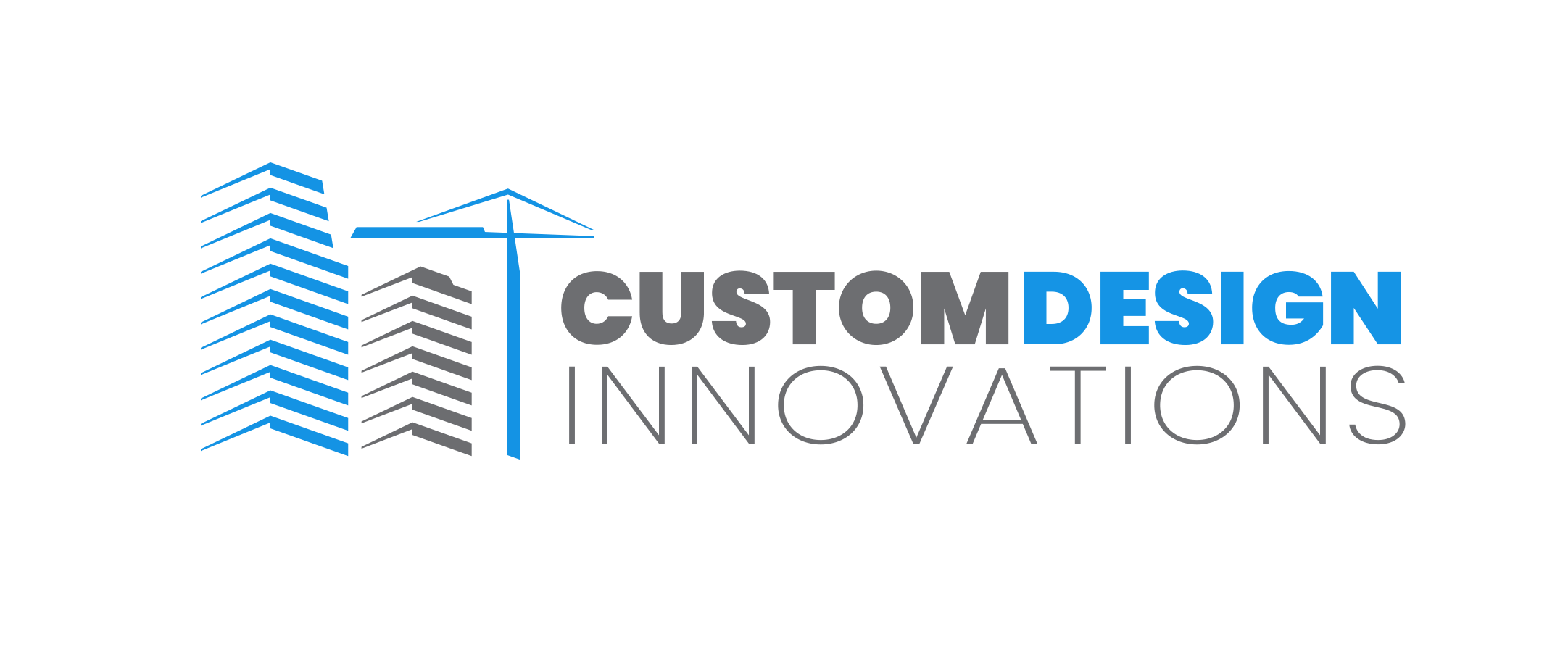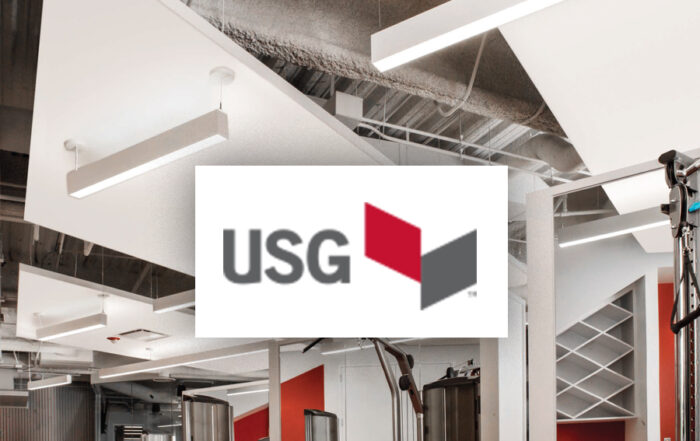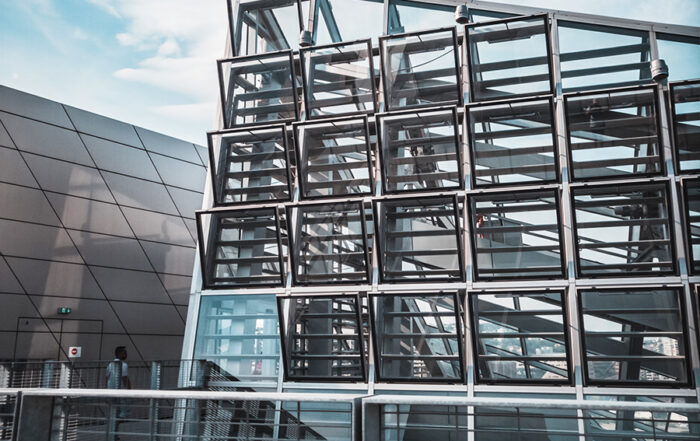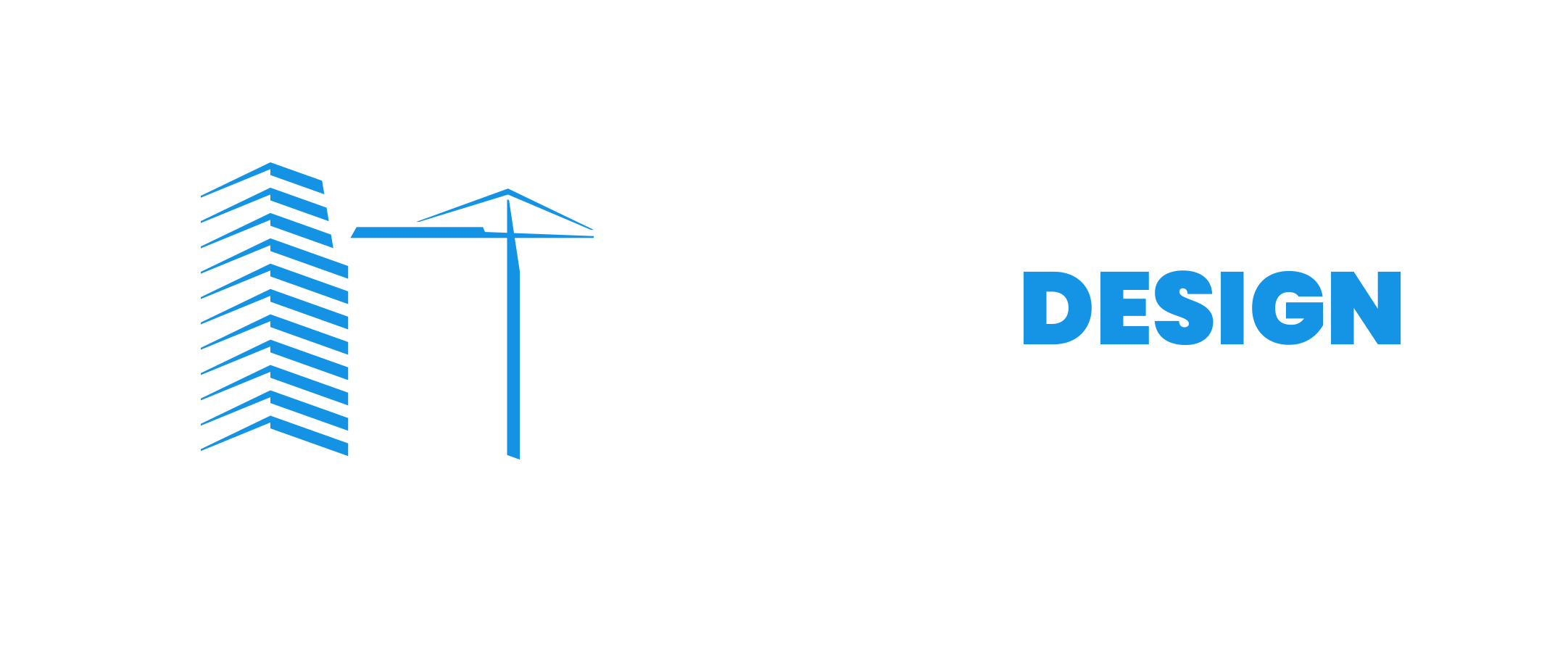Embracing the Evolution: Key Trends Reshaping 3D Modeling
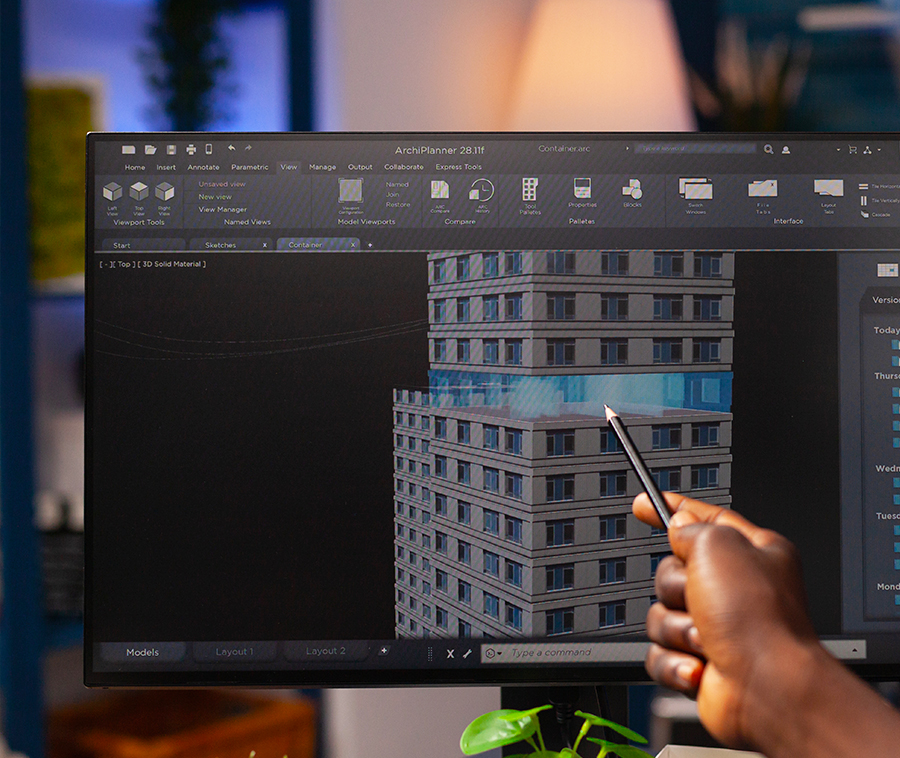
The year 2023 marks a pivotal moment for the 3D modeling industry, as it experiences a surge in significance. From heightened visualization capabilities to enhanced efficiency, 3D modeling is gaining prominence, offering unprecedented advantages to the construction sector.
Let’s delve into the key trends reshaping our approach to envisioning, designing, and executing projects. Elevated Significance of 3D Modeling Enhanced Visualization and Design
The power of visualization in the design process cannot be underestimated. 3D modeling, propelled by advanced software and tools, stands as the cornerstone for transforming concepts into tangible reality.
Designers now wield the ability to craft intricately detailed 3D models that faithfully capture their visions. This advancement transcends aesthetics; it fundamentally alters the landscape for stakeholders. The capacity to visualize and assess projects before implementation empowers decision-makers, substantially reducing costly errors and ensuring alignment with project objectives.
Heightened Efficiency and Productivity
Efficiency is the lifeblood of progress, and 3D modeling serves as a potent catalyst. By streamlining the design and development process, 3D modeling elevates efficiency and productivity. The creation of digital prototypes empowers designers to detect and rectify potential issues at the project’s embryonic stage, preserving invaluable time and resources.
Moreover, the adaptability of 3D models facilitates rapid adjustments and iterations, fostering swift design revisions and ongoing enhancements.
Enhanced Communication and Collaboration
Communication is more than just conveying information; it entails establishing shared understanding. 3D modeling emerges as the universal language that bridges the communication divide between builders and clients.
Realistic visual representations transcend the confines of traditional communication methods, facilitating the conveyance of intricate concepts with remarkable ease. This heightened clarity reduces misinterpretations, fostering seamless collaboration and ultimately yielding superior project outcomes.
2023 Trends Shaping the Future of 3D Modeling Integration of Artificial Intelligence (AI)
The future is intelligent, and so is 3D modeling. The integration of Artificial Intelligence (AI) is poised to redefine the 3D modeling landscape. AI algorithms will not only expedite the modeling process but also enhance the generation of intricate designs.
The synergy between human creativity and machine intelligence will unlock new possibilities, pushing the boundaries of what can be achieved in the virtual realm.
Augmented Reality (AR) and Virtual Reality (VR) Fusion
The demarcation between the virtual and physical realms continues to blur. The fusion of 3D modeling with Augmented Reality (AR) and Virtual Reality (VR) technologies promises to revolutionize user experiences.
Imagine navigating a virtual representation of a building or interacting with a product before it materializes. This trend offers immersive and interactive encounters that transcend conventional limitations.
Real-Time Collaboration Platforms
In a world characterized by the speed of thought, real-time collaboration is non-negotiable. The emergence of real-time collaboration platforms in 3D modeling facilitates instantaneous communication and feedback. Design teams, builders, and clients can collaborate seamlessly, making decisions on-the-fly and expediting the design process.
